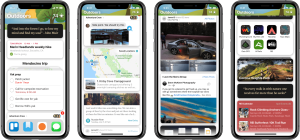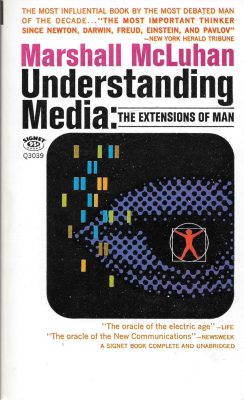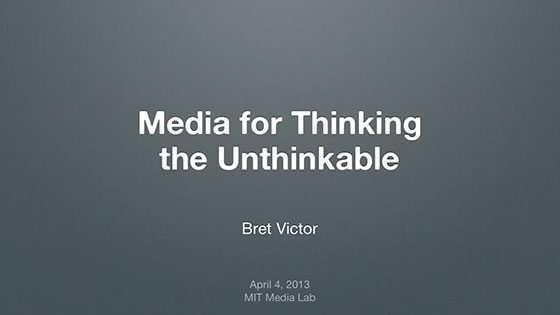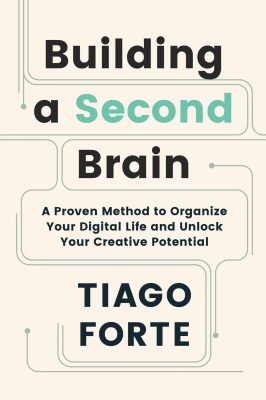Spaces
A new way to organize our digital experience
Nick PuntSummary
Spaces is a proposal for a new digital architecture — one that reorganizes the way we interact with devices around fundamental human needs rather than around apps or isolated tasks. The idea is rooted in a simple but powerful insight: the way software is structured today reflects the internal logic of machines, not the rhythms and responsibilities of human life.
Instead of scattering data and interfaces across dozens of apps, Spaces groups everything — content, tools, and context — according to high-level human needs like health, family, creativity, or community. These “spaces” function like containers or environments that reflect a user’s current intent. You can focus, switch modes, or even share spaces with others. Need to leave work behind at 6pm? Your Work Space can go silent, and your Family Space can come alive with exactly what you need, when and where you need it.
By decoupling tools from apps and reconnecting them to purpose, Spaces aims to restore control, coherence, and intention to digital life. It offers users a way to shape their environments, create separation between life domains, and regain attention in a world of constant digital friction. In short, it reimagines the very structure of software in service of human flourishing.
Because of software’s immense power to shape the human experience, we cannot leave its design to chance. This means the scope of our work must expand to include a deep understanding of our whole self, including our core needs, drives, and rhythms, and our weaknesses. Our purpose and responsibility must now be to elevate humanity. Nick Punt
Key concepts
- Needs before apps Instead of launching an app, you enter a space — a context organized around a core human need, like health, family, or creativity.
- Integrated tools and data Each space bundles relevant interfaces and content, dissolving the boundaries between apps, documents, and websites.
- Responsive contexts Spaces adapt to time, place, activity, and relationships — surfacing what matters and hiding what doesn’t.
- Shared environments Spaces can be collaborative, enabling shared context with family, friends, or coworkers without jumping across apps.
- Intentionality By clustering like interfaces within a single space, movement inside a need becomes easier, while switching across needs becomes harder. This shift encourages users to be more deliberate about what work they do — and when.
Spaces offers a new way to think about software architecture — one that aligns digital systems with human needs instead of technical abstractions. By organizing our tools and environments around purpose, not platform, it creates space for greater focus, clarity, and intentional living in an increasingly fragmented digital world.

This idea was originally published on Nick Punt’s website as Spaces, and is further detailed in the full design presentation outlining its rationale, structure, and implementation ideas.
Big Idea Initiative is all about making connections, and sharing knowledge, thoughts, and ideas that support deep thinking and collaboration. Our goal is to create a space that sparks thinking and conversations among people whose ideas might benefit each other, even if they’re working on completely unrelated topics. We think that pushing back the limits of possibility will come as a result of the connections that diverse collaborators make together. Identifying these connections will bring the big ideas our world needs.
We need your help! If you…
- have questions or feedback about this work
- want to improve, develop, or add to this idea
- want to sponsor a prototype of this idea
we invite you to contact us: hello@bigideainitiative.org.



